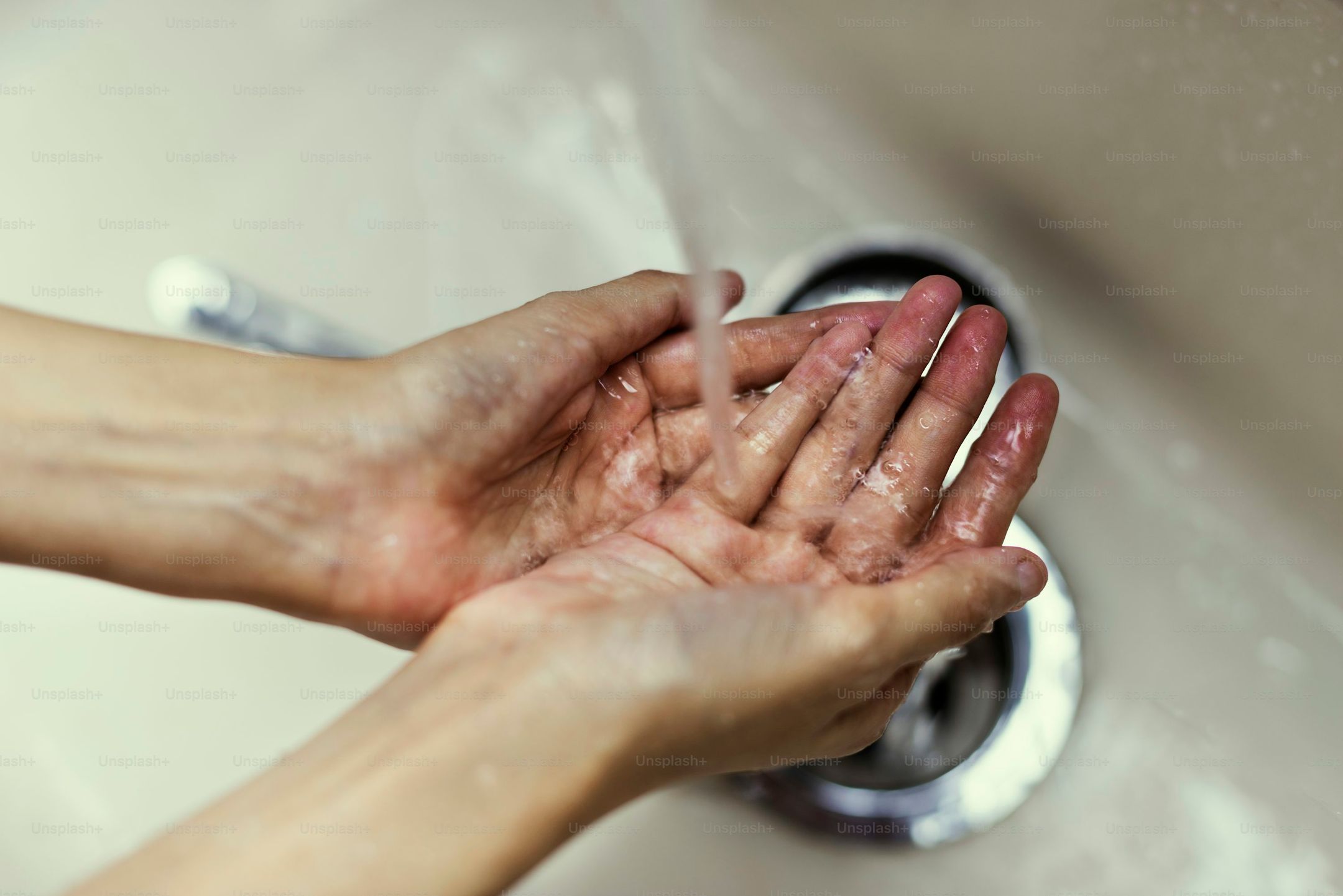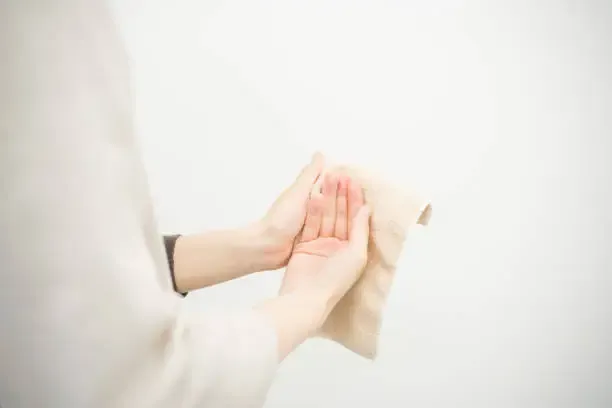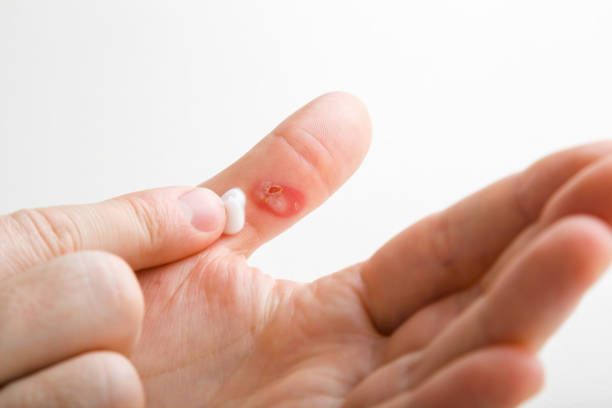
GET A QUOTE
How to Use Knuckle and Fingertip Bandages
Knuckle and fingertip bandages are specially designed to protect wounds on tricky areas of your hands. Their unique shapes ensure that cuts or scrapes on knuckles and fingertips remain clean and covered, even in high-movement areas. Proper use not only promotes faster healing but also reduces the risk of infection. This guide will walk you through how to use these bandages effectively, step by step.
Why Choose Knuckle and Fingertip Bandages?
Standard bandages may not adhere well to curved or jointed areas like knuckles or fingertips. Knuckle and fingertip bandages are specifically shaped to wrap securely around these areas, providing better coverage and comfort. They prevent dirt and bacteria from entering wounds and stay in place despite regular hand movements.
Preparing to Apply the Bandage
- Clean the Wound: Wash your hands with soap and water to avoid introducing bacteria. Gently clean the wound with water or an antiseptic solution to remove dirt or debris.
- Dry the Area: Pat the wound and surrounding skin dry with a clean towel. Bandages adhere better to dry skin.
- Apply Antibacterial Ointment: For extra protection against infection, use a small amount of antibacterial ointment directly on the wound.
Using a Knuckle Bandage
Knuckle bandages are shaped like an "H," designed to wrap securely around the joint. Follow these steps:
- Open the Bandage: Peel apart the protective backing carefully to avoid touching the adhesive.
- Position the Pad: Place the central pad over the wound, ensuring it fully covers the cut.
- Wrap the Arms: Take the two horizontal arms and wrap them around the sides of the knuckle. Secure them without pulling too tightly.
- Fold the Vertical Arms: Wrap the top and bottom arms around the finger or knuckle, ensuring the bandage stays snug but doesn’t restrict movement.
Using a Fingertip Bandage
Fingertip bandages are shaped like a butterfly or bow tie, with pointed ends for better wrapping. Here’s how to use one:
- Open the Bandage: Remove the protective backing, avoiding contact with the adhesive.
- Align the Pad: Place the pad over the wound on the fingertip, ensuring full coverage.
- Wrap the Arms: Take one set of pointed arms and fold them over the fingertip. Then wrap the second set around the sides, creating a secure fit.
Tips for Proper Application
- Avoid Overstretching: Pulling the bandage too tight can cut off circulation. Aim for a snug but comfortable fit.
- Smooth Out Creases: Press the adhesive gently to remove air bubbles or creases, ensuring a secure bond.
- Check for Allergies: Some people are sensitive to adhesives. If you notice redness or itching, switch to hypoallergenic bandages.
When to Replace the Bandage
- Daily or When Soiled: Replace the bandage at least once a day or if it becomes wet or dirty.
- Monitor Healing: Check the wound for signs of infection, such as redness, swelling, or pus. If these occur, consult a healthcare professional.
Using Bandages for Different Activities
- During Physical Activities: Ensure the bandage is securely wrapped to withstand movement. Consider waterproof options for swimming or sweaty activities.
- At Work: For jobs involving frequent hand use, double-check the fit to prevent the bandage from peeling off.
- At Home: Keep extra knuckle and fingertip bandages in your first aid kit for easy access.
Choosing the Right Bandage
Not all bandages are created equal. When selecting knuckle and fingertip bandages, consider the following:
- Material: Opt for breathable fabric bandages for flexibility or waterproof options for added protection.
- Adhesive Strength: Choose a bandage with strong adhesive to ensure it stays in place throughout the day.
- Size: Ensure the bandage pad fully covers your wound without being too bulky.
Preventing Future Injuries
While bandages are excellent for protecting wounds, prevention is always better. Take precautions to avoid cuts or scrapes by:
- Wearing Gloves: Use gloves during tasks like gardening, cooking, or handling sharp objects.
- Keeping Hands Moisturized: Dry skin is more prone to cracks and cuts.
- Practicing Caution: Be mindful of your hands when using tools or engaging in activities that could cause injuries.
Conclusion
Knuckle and fingertip bandages are essential tools for treating minor hand injuries effectively. Their specialized designs ensure secure coverage on difficult-to-bandage areas, helping wounds heal faster while reducing the risk of infection. By following the steps outlined above, you can confidently use these bandages to protect your injuries and maintain your hand’s mobility. Keep a variety of these bandages in your first aid kit to stay prepared for any minor mishap.



